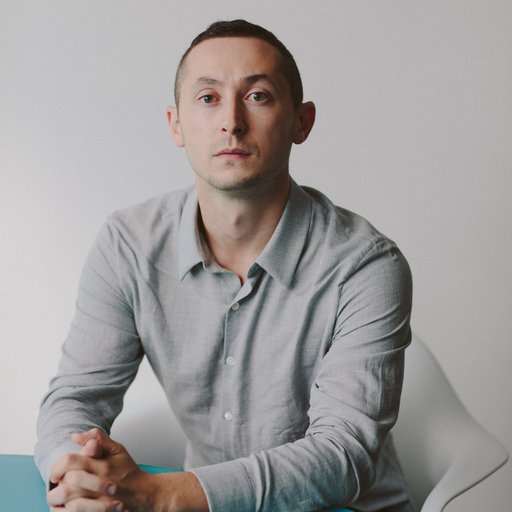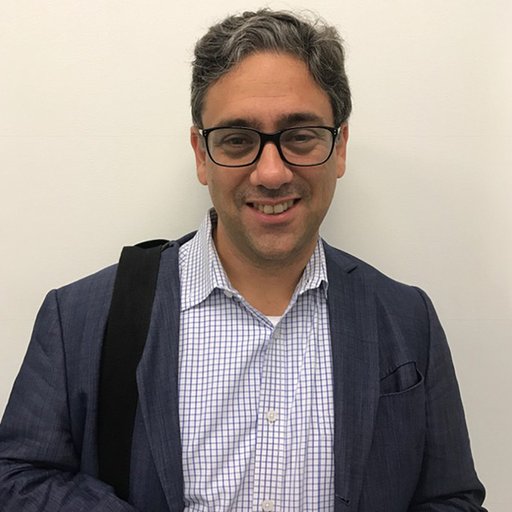Agustin Fernandez
Agustin Fernandez is one of the most significant of the exiled Cuban artists in the development of international modernism. Although he has been classified as a surrealist throughout his career, his work draws from a wide realm of visions, inventions and contortions. While not abstract in approach, his work does not represent objective reality, instead depicting unconscious yearnings, obsessions, and fantasies. In 1959 Fernandez moved to Paris, where he would remain for more than 10 years, producing a series of erotic work. While his work of the 50’s was more colorful, after a beige period, Fernandez’s work of the 60’s moved to a more limited palette of black and white. His ambiguous, yet provocative paintings combine soft, fleshy human-like forms contrasted with hard metallic surfaces. Using the machine as reference, his work conjures subconscious, often erotic imaginings. In 1968, after moving to Puerto Rico, and destroying much of his earlier work, he began to work in collage, and continued to explore the armor-like metal facades. He would also create three-dimensional objects, like those of Duchamp or Man Ray. Slowly color started to reappear, but Fernandez continued to represent the sometime conflicting, often emotional, human conditions.
Courtesy of Anita Shapolsky
Agustin Fernandez is one of the most significant of the exiled Cuban artists in the development of international modernism. Although he has been classified as a surrealist throughout his career, his work draws from a wide realm of visions, inventions and contortions. While not abstract in approach, his work does not represent objective reality, instead depicting unconscious yearnings, obsessions, and fantasies. In 1959 Fernandez moved to Paris, where he would remain for more than 10 years, producing a series of erotic work. While his work of the 50’s was more colorful, after a beige period, Fernandez’s work of the 60’s moved to a more limited palette of black and white. His ambiguous, yet provocative paintings combine soft, fleshy human-like forms contrasted with hard metallic surfaces. Using the machine as reference, his work conjures subconscious, often erotic imaginings. In 1968, after moving to Puerto Rico, and destroying much of his earlier work, he began to work in collage, and continued to explore the armor-like metal facades. He would also create three-dimensional objects, like those of Duchamp or Man Ray. Slowly color started to reappear, but Fernandez continued to represent the sometime conflicting, often emotional, human conditions.
Courtesy of Anita Shapolsky
Brooklyn Museum of Art, Brooklyn, New York
Círculo de Bellas Artes, Maracaibo, Venezuela
El Museo del Barrio, New York, New York, NY
Godwin-Ternbach Museum, Queens College, New York, NY
Jack S. Blanton Museum of Art, University of Texas, Austin, TX
Museo de Arte Moderno La Tertulia, Cali, Colombia
Museo de Arte Ponce, Ponce, Puerto Rico
Museo Nacional de Bellas Artes, Havana, Cuba
Museum of Art, Nova Southern University, Fort Lauderdale, FL
Museum of Latin American Art, Long Beach, CA
Museum of Modern Art, New York, New York, NY
Newark Museum, Newark, NJ
New Mexico Museum of Art’s, Santa Fe, NM
New York Public Library, New York, New York
Utah Museum of Fine Arts, University of Utah, Salt Lake City, UT
Victoria and Albert Museum, London, UK
Worcester Art Museum, Worcester, MA
Yale University Art Gallery, New Haven, CT






